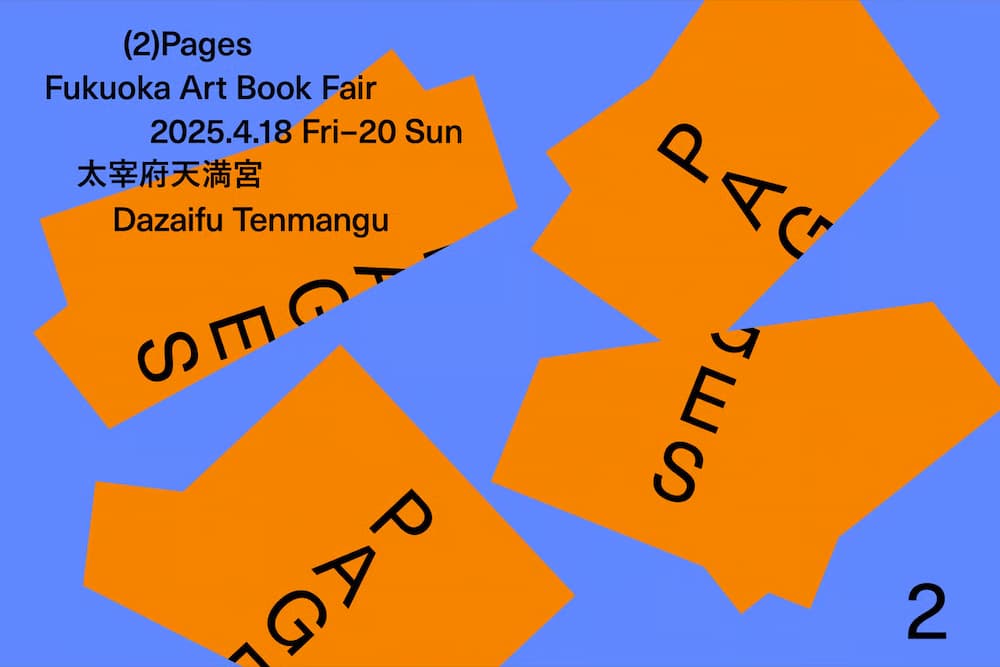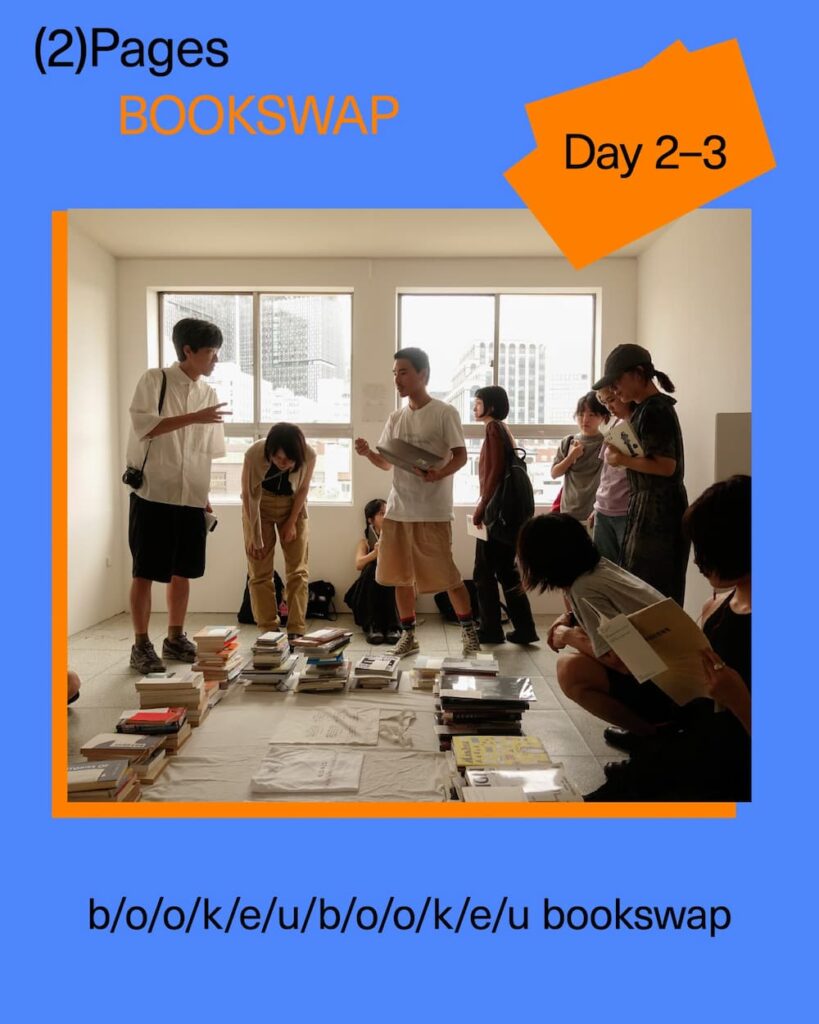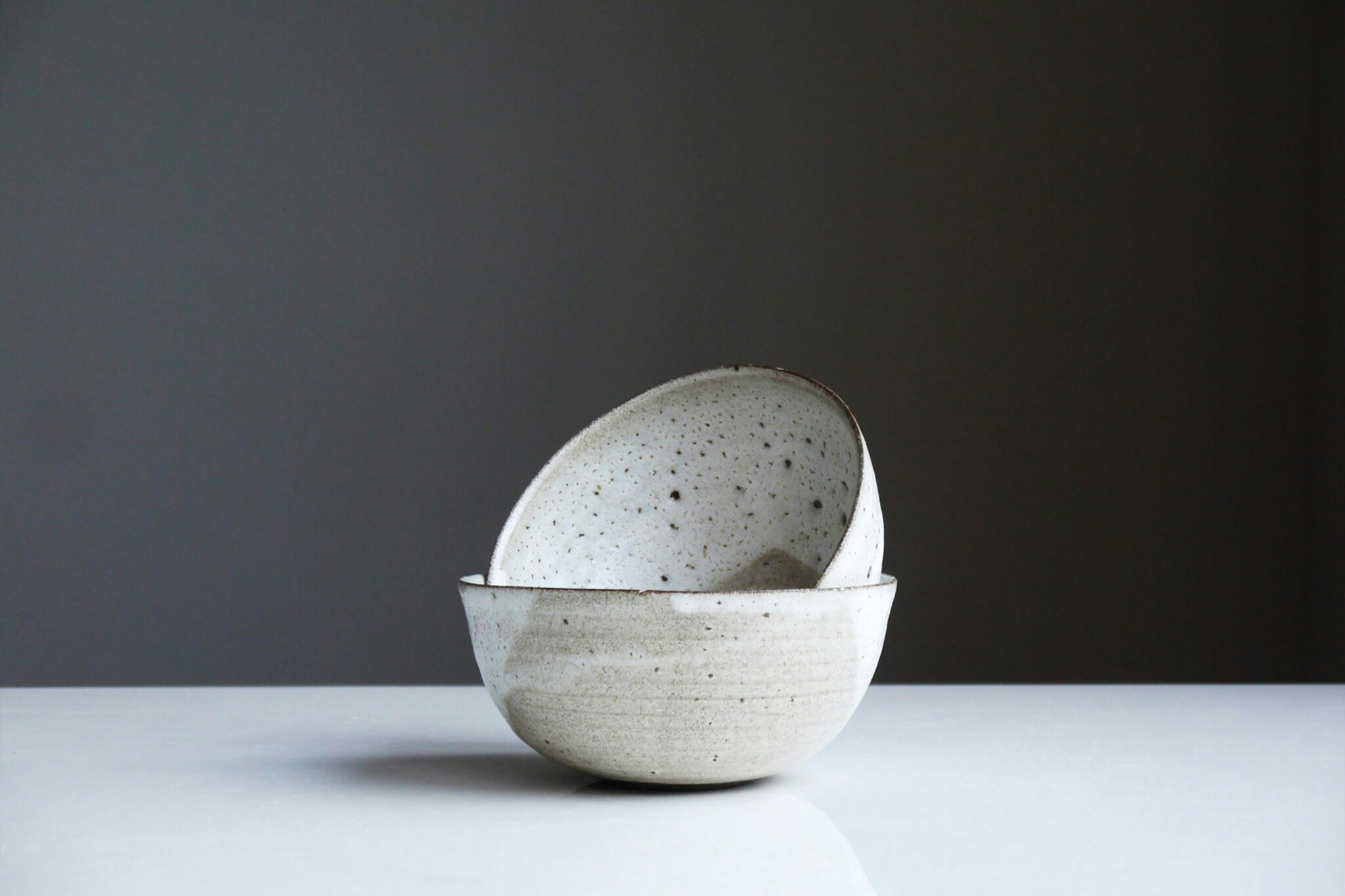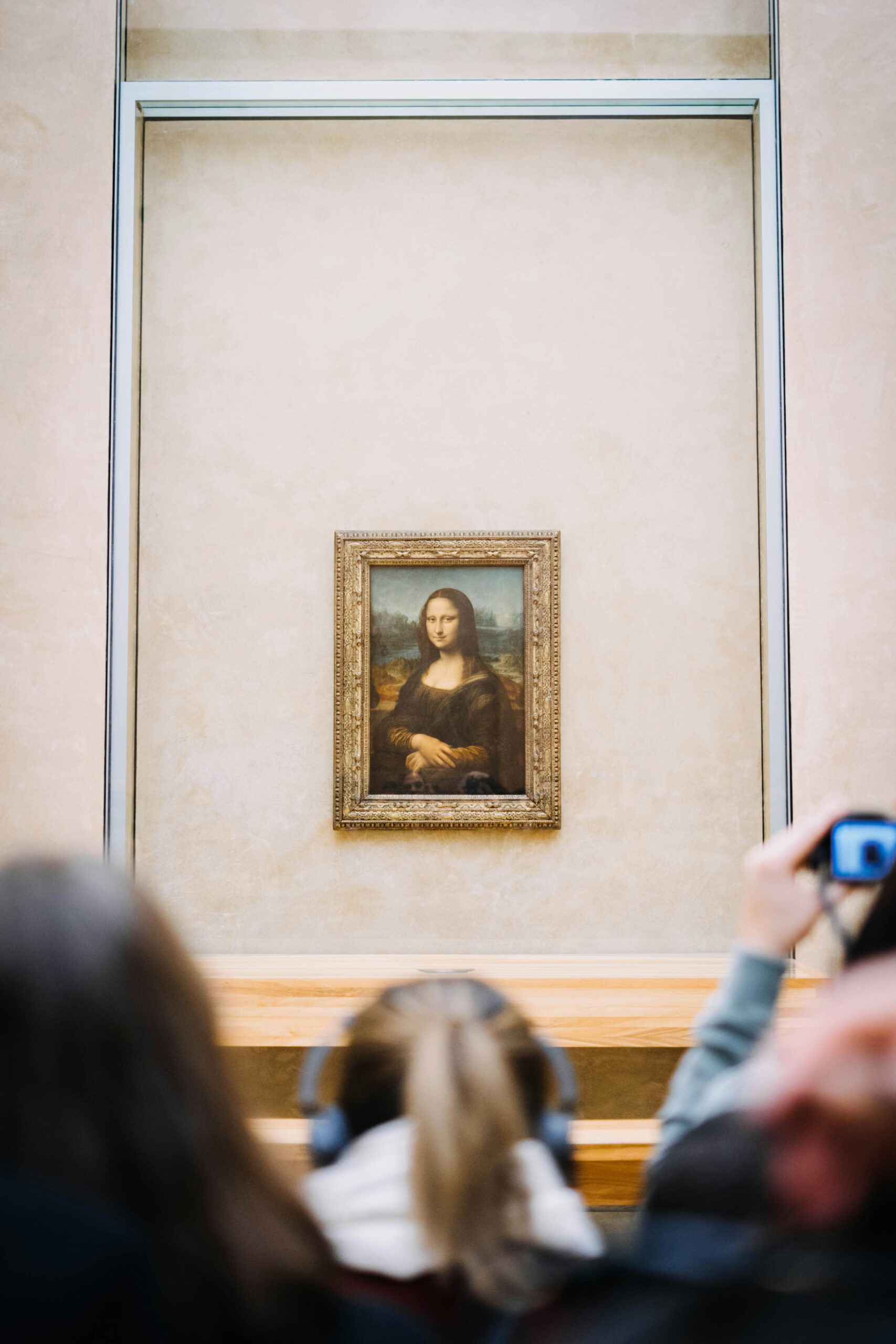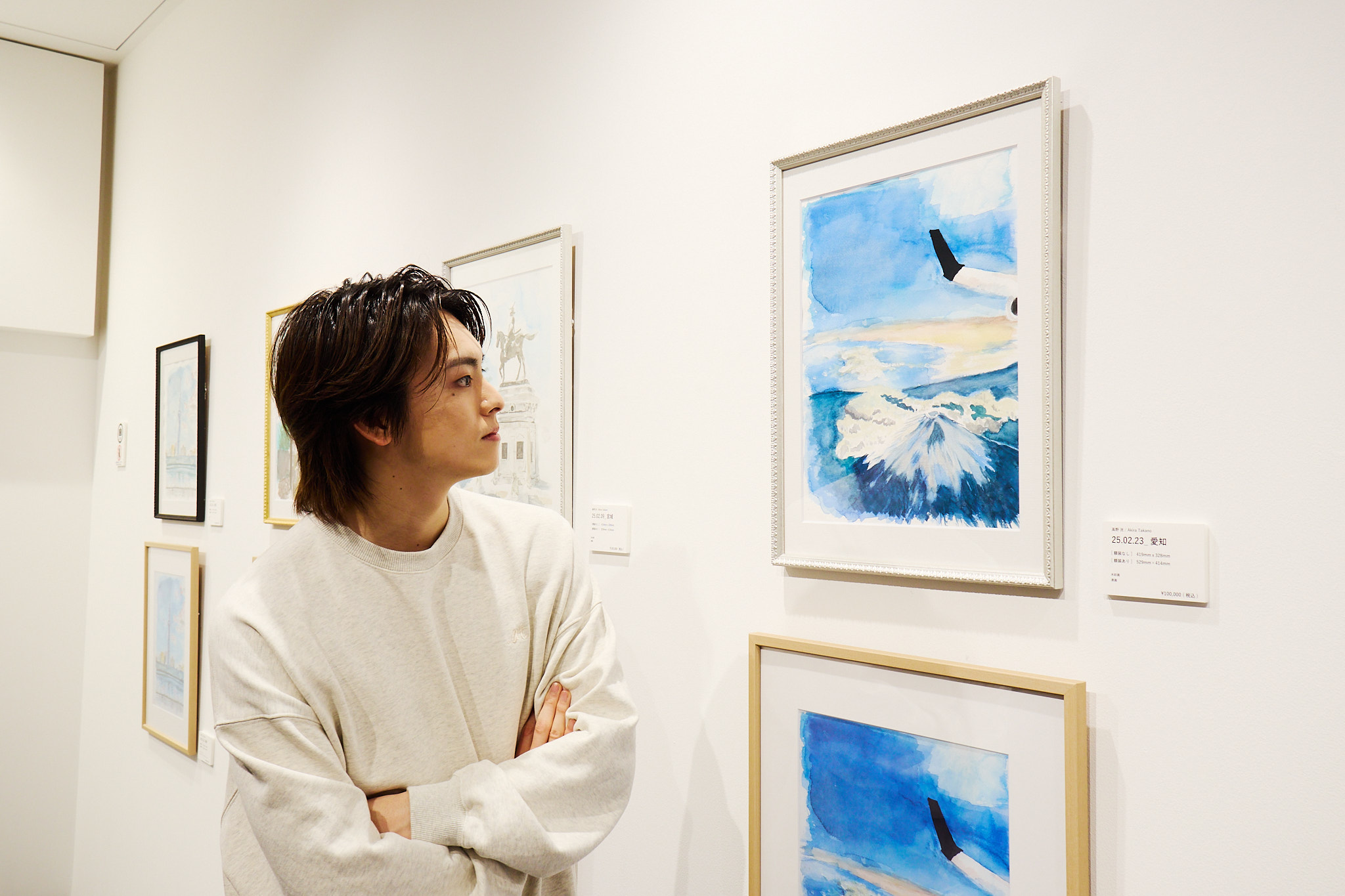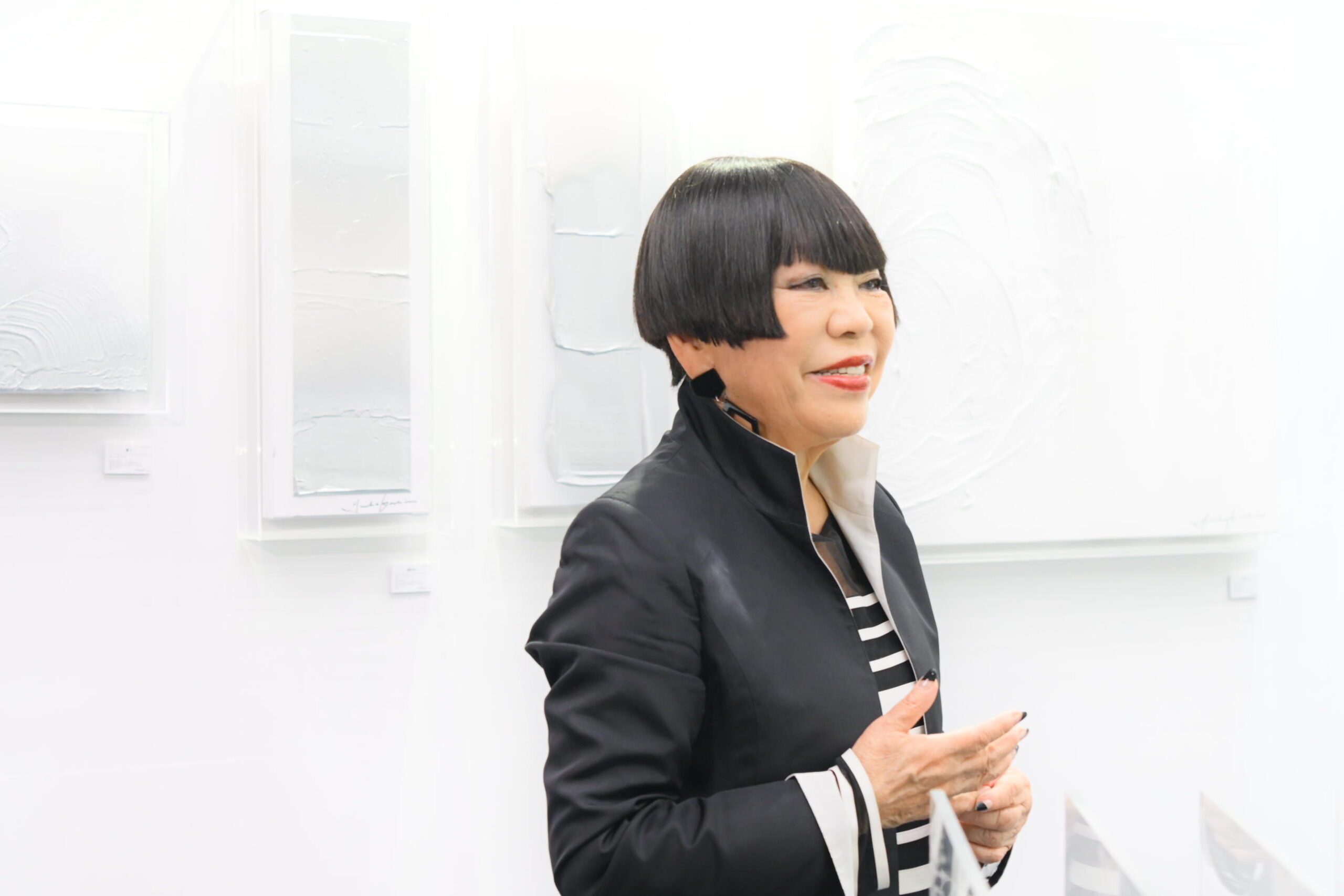What is the Fukuoka Art Book Fair?
This year marks the second Fukuoka Art Book Fair “Pages.” Many of you might be wondering, “Why Fukuoka?” The simple answer is that I’m currently living in Fukuoka for a limited time. Until now, Fukuoka didn’t have a book fair focused on art books, and the first Fukuoka Art Book Fair (commonly known as FABF) was held in 2024.
The founder is Yuhei Kawasaki, the owner of Ao-Hata Bookstore (本屋青旗), an essential presence in Fukuoka’s culture scene. Ao-Hata Bookstore is a bookstore that carries a wide range of art books, magazines, and photo books from Japan and abroad, and regularly holds artist exhibitions and events. The Fukuoka Art Book Fair was brought to life through the collaboration of Mr. Kawasaki and directors from the Tokyo Art Book Fair (TABF)!

The three-day fair was held from April 18th to 20th, 2025, at Dazaifu Tenmangu. It was my first time attending, and perhaps due to the unique venue, a wide range of people were there, from children to adults and the elderly. I was struck by how it seemed to reach a broader audience than the Tokyo Art Book Fair.
The fair is largely divided into three areas, making it a delight to explore as if you’re strolling through the grounds of Dazaifu Tenmangu. There’s the Yokaden (余香殿) hall, which brings together booths from individuals and groups; the Bunshokan (文書館) hall, featuring overseas publishers and Japanese art book stores and publishers; and the outdoor Yummy Area, where food stalls and florists gather.
Furthermore, various events, talk sessions, and workshops were held throughout the fair, making it an enjoyable experience no matter which day you went.
Now, let me introduce some of the booths that left a particular impression on me!
Ghi-Cha 汽車
This is an artist collective of four female artists from our neighboring country, South Korea. Actually, perhaps due to Fukuoka’s geographical location, I was also impressed by the number of exhibitors and visitors from Korea—it’s closer than Tokyo, after all. This was Ghi-Cha’s second time participating, following the inaugural event. The group’s name, Ghi-Cha, comes from the idea that the act of opening, reading, and looking at a book is like a journey on a train (汽車, gicha) to a destination.

I purchased “TRANSLATED BOOKMARKS,” a book directed and edited by one of the members, Do Yuna. Her main profession is graphic design, and the book’s binding and design have a cute, craft-like feel. Contrary to its cute packaging, it’s a bilingual book in Korean and Japanese (which I’m very grateful for!) with substantial, engaging content. It’s an interview-based book that captures the relationship with media and content through conversations with eight anonymous people, mainly Yuna’s friends. With many references to Japanese anime and K-dramas, it’s a smooth and enjoyable read. (Apparently, Yuna did the translation herself!) She interviews a wide range of friends, from office workers to artists, making it a must-read for anyone involved in creating content.
“b/o/o/k/e/u/b/o/o/k/e/u”‘s Book Swap
Here’s another interesting group from Korea with a unique project. “b/o/o/k/e/u/b/o/o/k/e/u” (pronounced bukubuku) is a mobile library project(?!) based in Seoul. I know, what does that even mean? In Seoul, they pop up guerrilla-style in various places, holding book exchanges and selling zines they’ve created. After holding events in art spaces and parks, they came to exhibit at the Fukuoka Art Book Fair. For their Fukuoka event, they had people in Korea who responded to a call on their Instagram to mail them books. Then, at the venue in Fukuoka, Japanese participants could swap books they brought with the books from Korea. If a swap was made, the new book was sent directly to the original provider in Korea.
It’s a romantic system that connects two complete strangers through the events of b/o/o/k/e/u/b/o/o/k/e/u.
Book swaps may not be very common in Japan, but they are popular at art book fairs overseas and are an interesting initiative that stimulates the economy through exchange. Artists and creators also use them to promote their own books and zines. You might unexpectedly run into a creator with whom you share the same vibes, or get a book you wanted for a little extra discount.
One thing I realized after actually going to the Fukuoka Art Book Fair is that the flow of time feels very relaxed. Director Naoko Higashi (who is also the project manager for TABF!) mentioned in a note that she hopes to create a “place for interaction” for participants—something you can’t experience at the Tokyo Art Book Fair—and for people to enjoy the chemical reactions that happen within it. From getting detailed explanations about books directly from the creators to leisurely enjoying a meal or even rolling around and relaxing on the tatami floors(?), the Fukuoka Art Book Fair offers a way for every participant to enjoy themselves. In Part 2, I’ll continue introducing more booths and report on the Yummy Area! Please keep reading.
